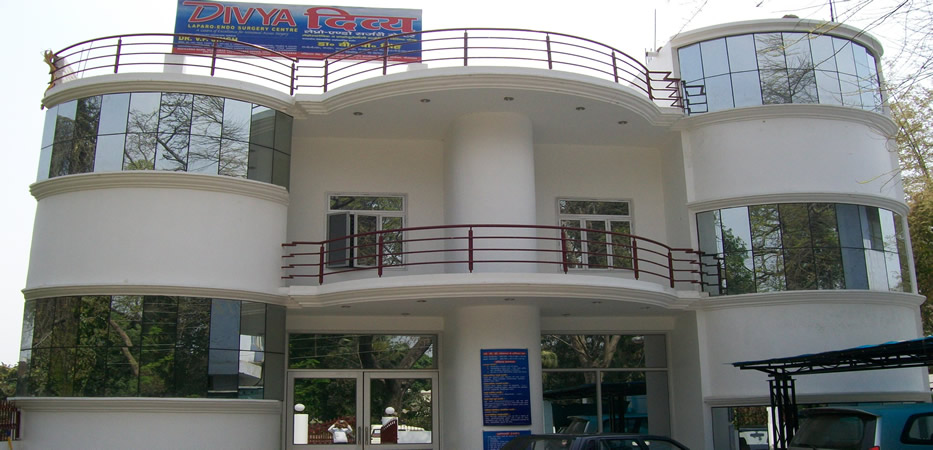Minimal access surgery is also known minimal invasive surgery, key hole surgery and pinhole surgery. Generally people call it laparoscopic surgery. In open or conventional surgery, there are three stages – firstly patient is cut open , secondly the organ or tissue is removed or repaired and finally then cut is closed. In minimal access surgery , the impact of first two stages is reduced as far as possible by gaining access into the body by operating through very small holes ( 5-10 mm) or absent by gaining access through natural orifices.
The development of video camera, light source, fibre-optic light cables , medical grade monitors , insufflators, telescope and different hand instruments has made complex surgery easy for surgeons.The basic set of laparoscopic surgery comprises of single chip camera, halogen light source , Fibre-optic cable, TV, Telescope, hand instruments and energy source (diathermy). While high end equipments comprising of High Definition 3 chip camera, monitor and Telescope along with Xenon light source provide high quality magnified colour images. With these state of art instruments surgery can ne done with precision and with less complications.Different energy sources like Harmonics and Ligasure ( Vessel sealer) make surgery faster and with less blood loss and less postoperative pain due to minimal tissue damage
In Minimal Access Surgery (laparoscopic surgery) for example in any abdominal surgery, veress needle is inserted first and then abdomen is inflated with Co2 gas. First trocar is put blindly mainly at umblicus through 10 mm incision and telescope is put in and then other trocars are put in through 5-10 mm small incisons by viewing at monitor. Thus 3-5 or more working ports are made. Further surgery is performed with different instruments by putting them through working ports..


